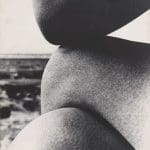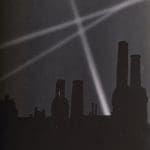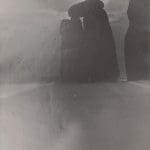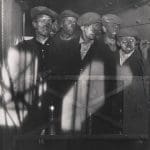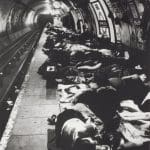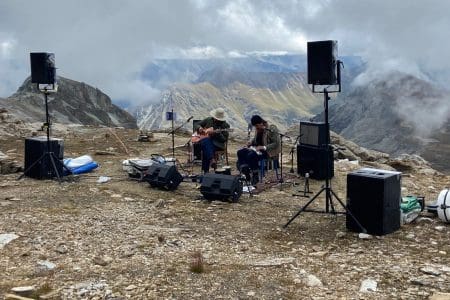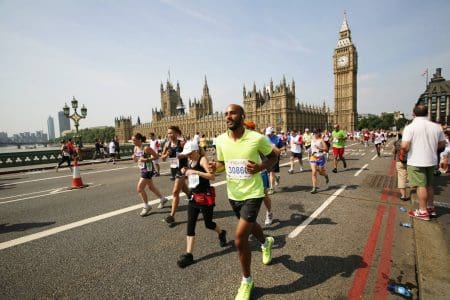
- This event has passed.
Bill Brandt | Henry Moore reunites German born photographer Bill Brandt (1904–1983) and English sculptor Henry Moore (1898–1986) beginning in 1941 when the artists first met.
Unfortunately, the Sansbury Centre is currently (as of 30 December 2020) closed due to the UK Government’s Covid restrictions.
The juxtaposition of almost 200 photographs, drawings, sculpture, some of their most iconic works as well as little-known photo collages and rare original colour transparencies, reveals the interdisciplinary range and intersections between the two artists. Some of the artists’ approaches to experimentation are entirely recognisable in the myriad of Apps available today to edit and manipulate digital images.
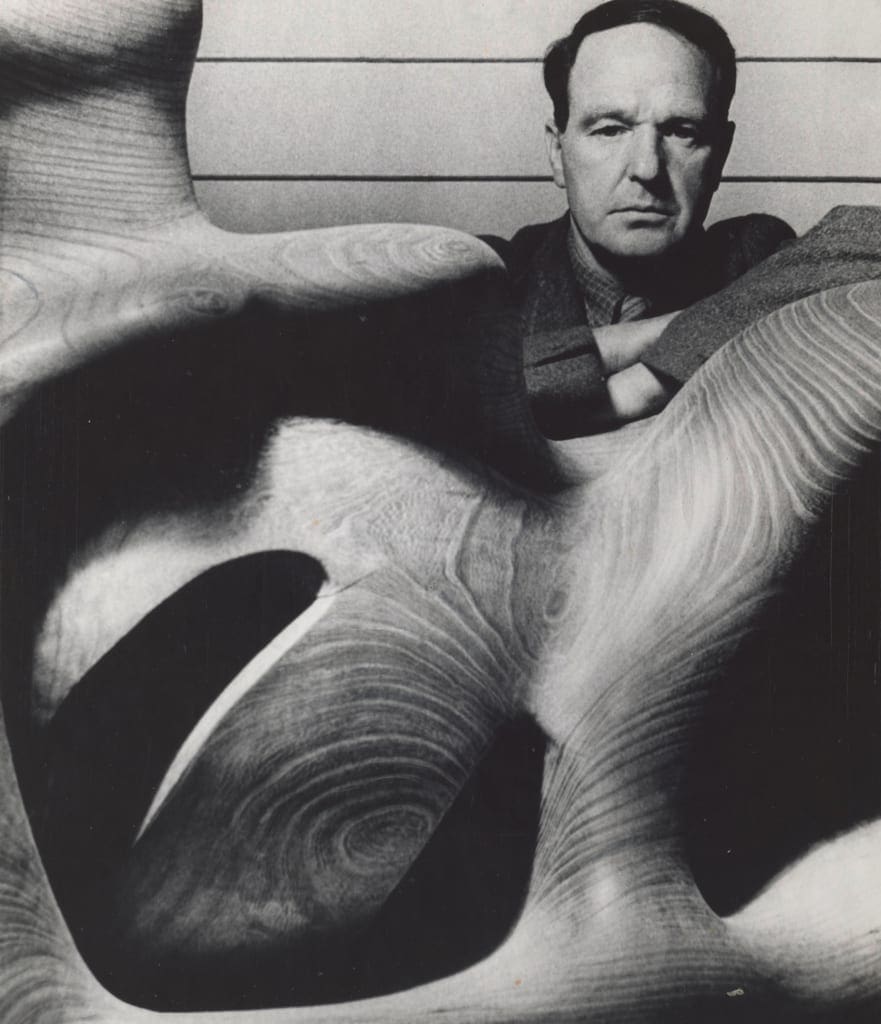
Bill Brandt, Henry Moore and the Blitz
Both photographer and sculptor responded creatively to communities and the British landscape during the turbulent times mid-20th century. As we are seeing during the current global crisis, in the Second World War the general focus was on ordinary people, the home and labour. Images by Brandt and Moore from this period explore the social deprivation experienced by coal miners and their families, and the experience of civilians during the horror of the Blitz.
Their first meeting came about when Brandt was commissioned to photograph Moore in his studio to accompany a multi-page feature in the great photographic magazine, Lilliput. Both artists were commissioned by the Ministry of Information to produce work with the aim of illustrating British stoicism and raising morale. During this time they were independently exploring densely populated, even claustrophobic, urban subjects. Their images of people taking shelter in the London Underground stations were now featured together for the first time on the printed page.
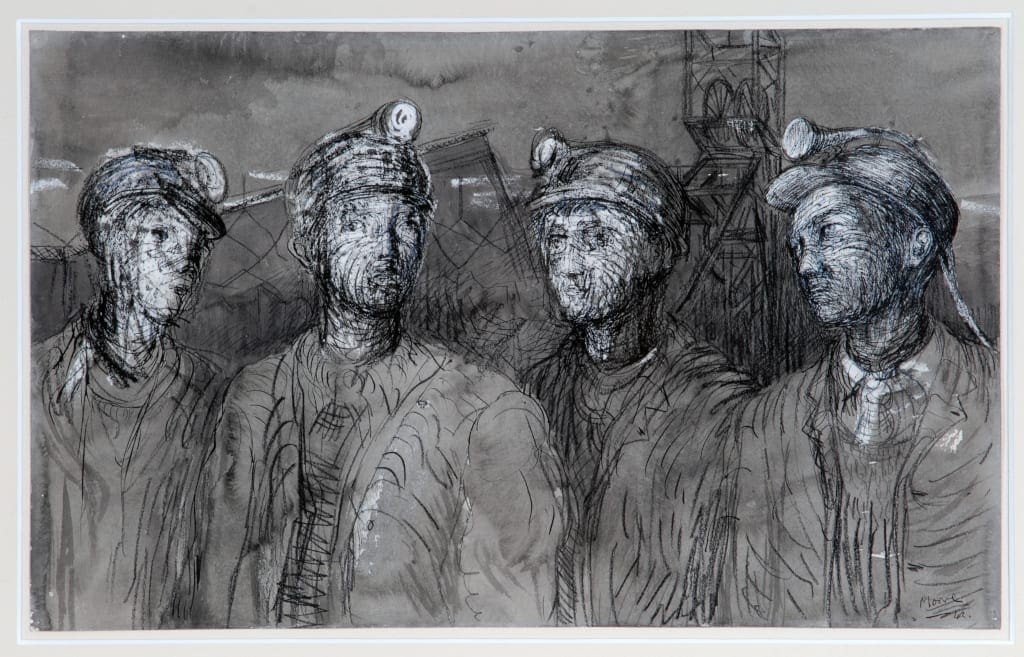
Brandt’s war period photographs are dark and harsh, and to the modern eye illustrate a brutal realism of a dystopian world. Moore’s drawings have the startling appearance of ephemeral hospital patients in orderly rows, which sometimes disappear into a hazy distance. In Moore’s Standing, Seated and Reclining Figures against a background of Bombed Buildings (1940) (main image) the wrecked buildings are blurred and it is the three figures that loom large in the foreground. In Pitboys at the Pithead (1942) the indistinct miner’s faces are set against sketchy mining machinery, and it is their helmet lamps that stand out as a stark reminder of the dark underground world they inhabit. Similarly, in Brandt’s photograph Miners returning to daylight c.1936 the focus and the light are on the stark whites of the miners’ eyes set within blackened faces. Nevertheless, the men are portrayed as interrelated groups. In Moore’s drawing Family Group (1945) the figures of parents and child appear encased in armour as worn by medieval knights, emphasising the strength of the family dynamic.
Post-War Years
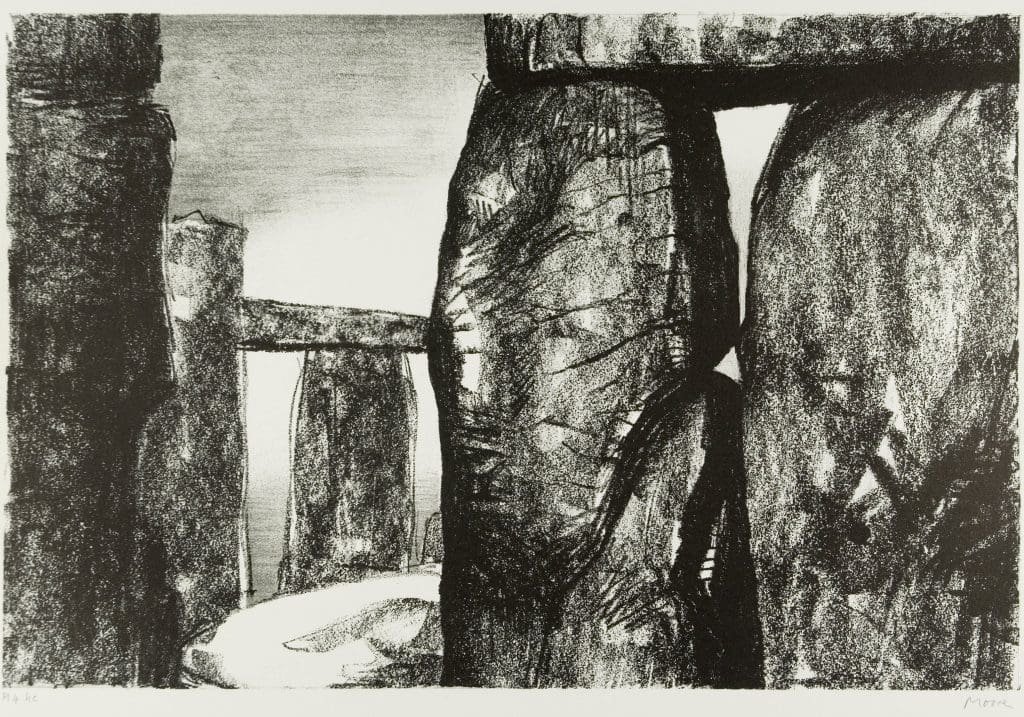
In the years following the war both artists turned to nature, and the light in open landscapes, as a source of inspiration. A significant section of the exhibition looks at their enduring interest in rock formations, geological artefacts and megalithic sites, including Stonehenge. Moore’s drawings of the ancient monument are in close-up showing the rough, imperfect surface of the stones. In contrast, Brandt’s photographs are taken from a distance and in Stonehenge (1947); the stones appear wraithlike, surrounded by a mist with a suggestion of sunshine breaking through the blanket of clouds.
Brandt liked strong geometrical structure in his photographs which worked well on the printed page of Lilliput and Picture Post. He would experiment by cropping images from larger negatives under the enlarger in the darkroom and emphasising tonal contrasts in printing. Brandt also used montage to combine portions of two negatives in one print. The proximity of Brandt’s East Sussex (1963) alongside Reclining Figure by Moore (1959 to 1964) emphasises the sculptural forms both artists explored in the different media.
Brandt used photography to explore the physical aspects of both the landscape and body. His fluid, sensual images published in Perspective of Nudes (1961) and Bill Brandt Nudes (1980) resonate with Moore’s sculptures using a wide-angle lens in close-up. This causes the body shapes to appear distorted or sculptural as in Normandy (1959).
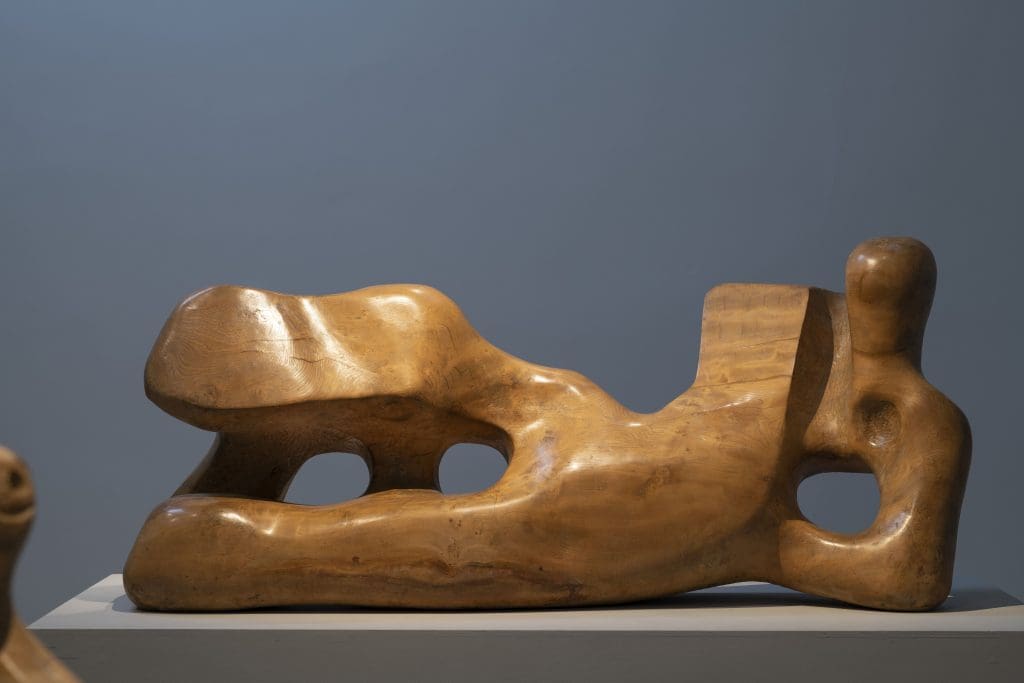
Henry Moore, known primarily as a sculptor, worked across different media exploring light and perspective through the use of collage and photography. Foraged flints and other items from East Sussex beaches were used to create sculptural forms, scaled-up drawings and collages from photographs and prints would often result in a new work, for instance, Mother and Child (1953, cast c.1954). Moore also worked closely with Master Weavers at West Dean College Tapestry Studio (1976 to 1987) on the intricate process of interpreting his work in tapestry, and Row of Sleepers (1986) features in the exhibition alongside the original drawing.
The exhibition is a fascinating insight into the artists’ approaches to their work, and the range. It is also interesting to discover how their paths cross frequently over the years. See the unique works that resulted from shared interests side by side, is challenging and a delight.
Bill Brandt | Henry Moore : The Book
The exhibition is curated by Martina Droth, Deputy Director and Chief Curator of the Yale Center for British Art and is accompanied by a new book, Bill Brandt | Henry Moore edited by Martina Droth and Paul Messier, art conservator and head of the Lens Media Lab at the Institute for the Preservation of Cultural Heritage, Yale University.
Bill Brandt | Henry Moore : The Exhibition
Opened at The Hepworth Wakefield (February until November 2020). It runs at The Sainsbury Centre, University of East Anglia, Norwich, until 7 March 2021 when it will travel to the Yale Center for British Art at New Haven, Connecticut, from 15 April to 18 July 2021. Tickets £13/£12 concessions.
Note: this review was conducted via Zoom due to the current travel restrictions. Main image: Standing Seated and Reclining Figures against a background of Bombed Buildings, Henry Moore 1940 © The Henry Moore Foundation UK.
